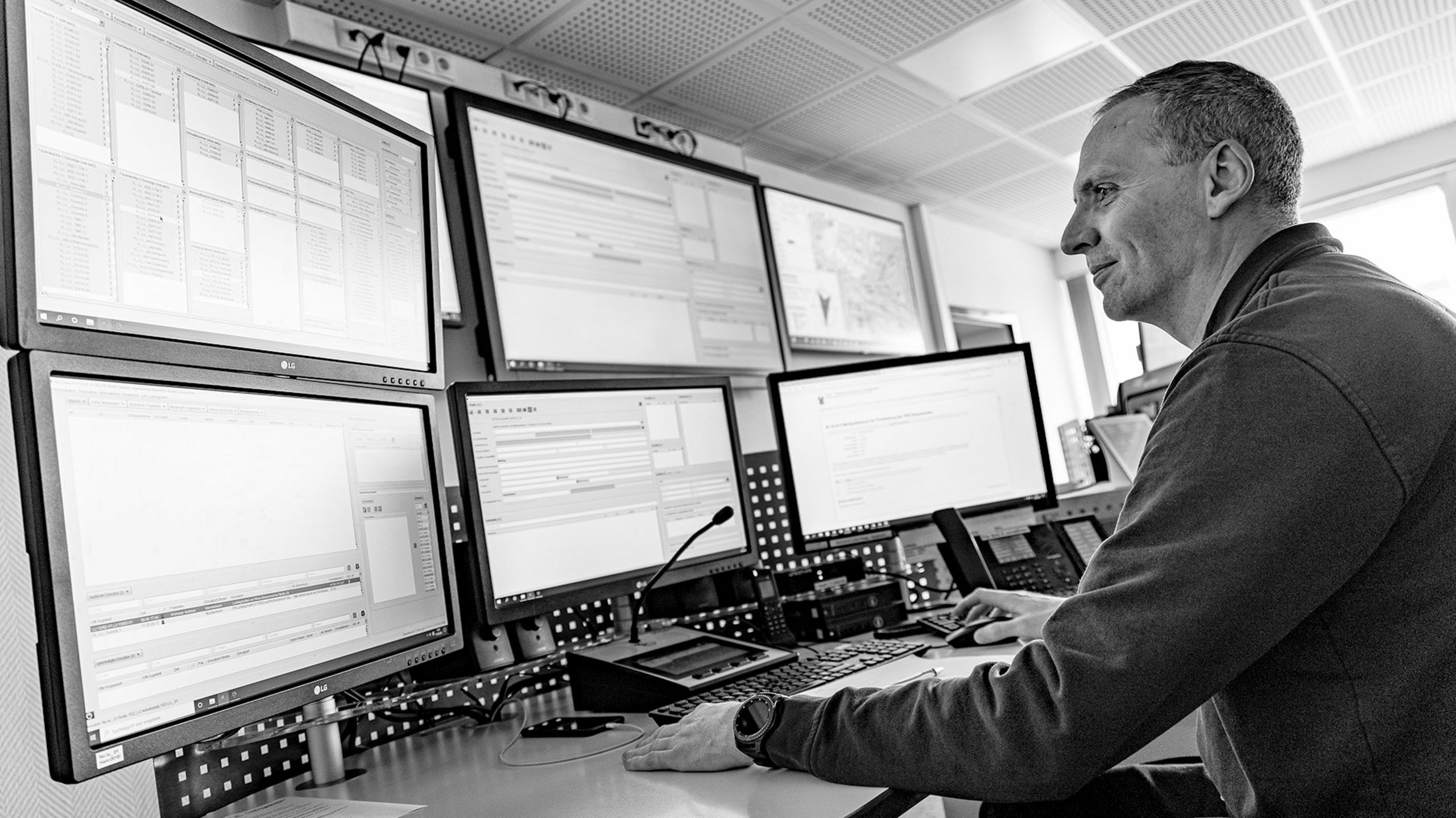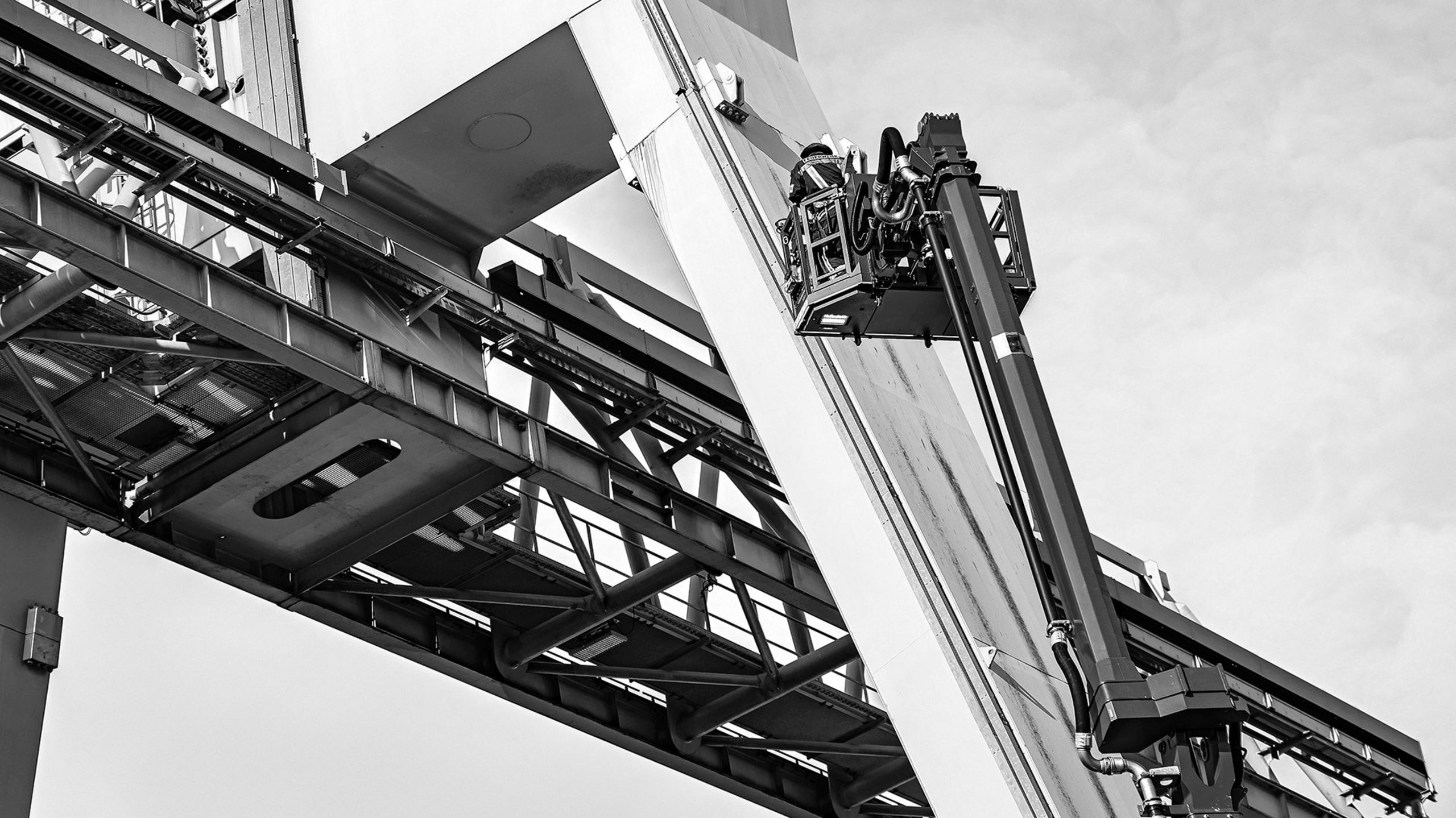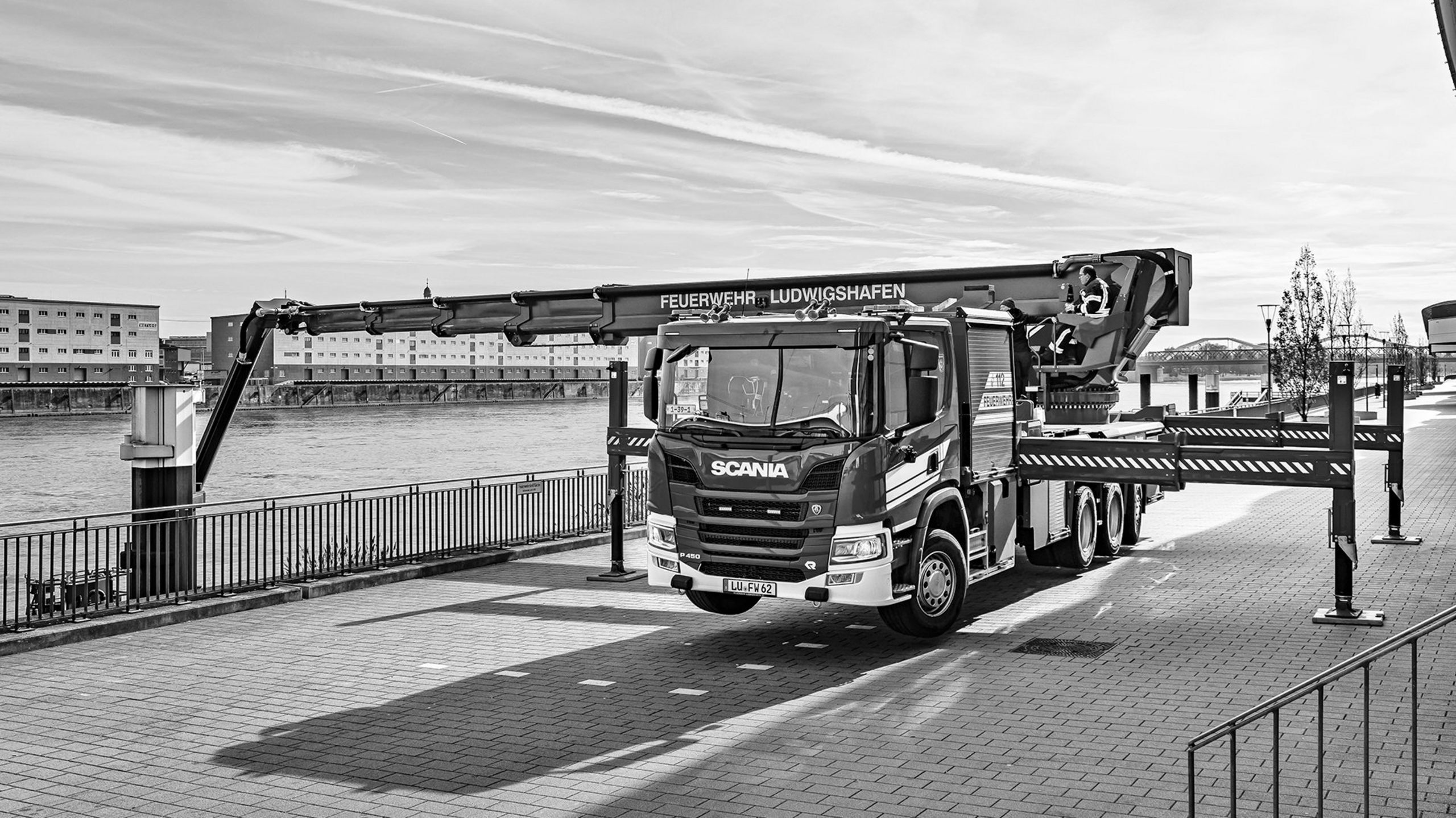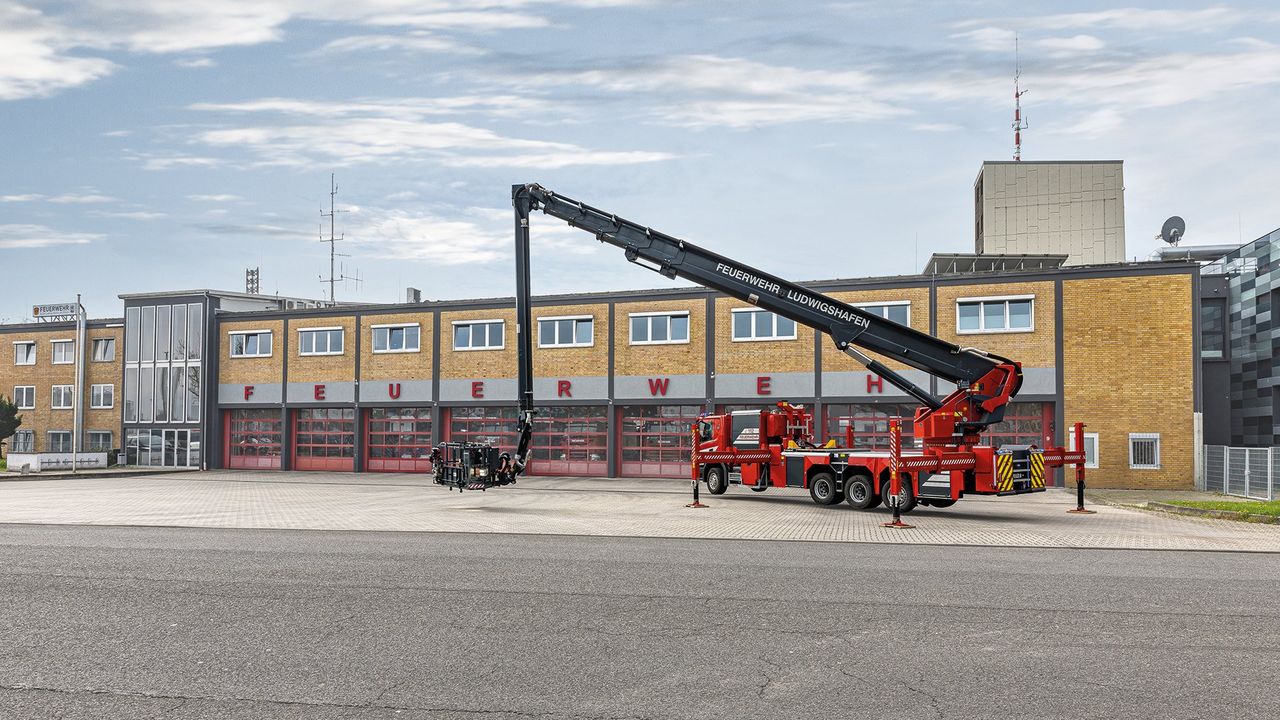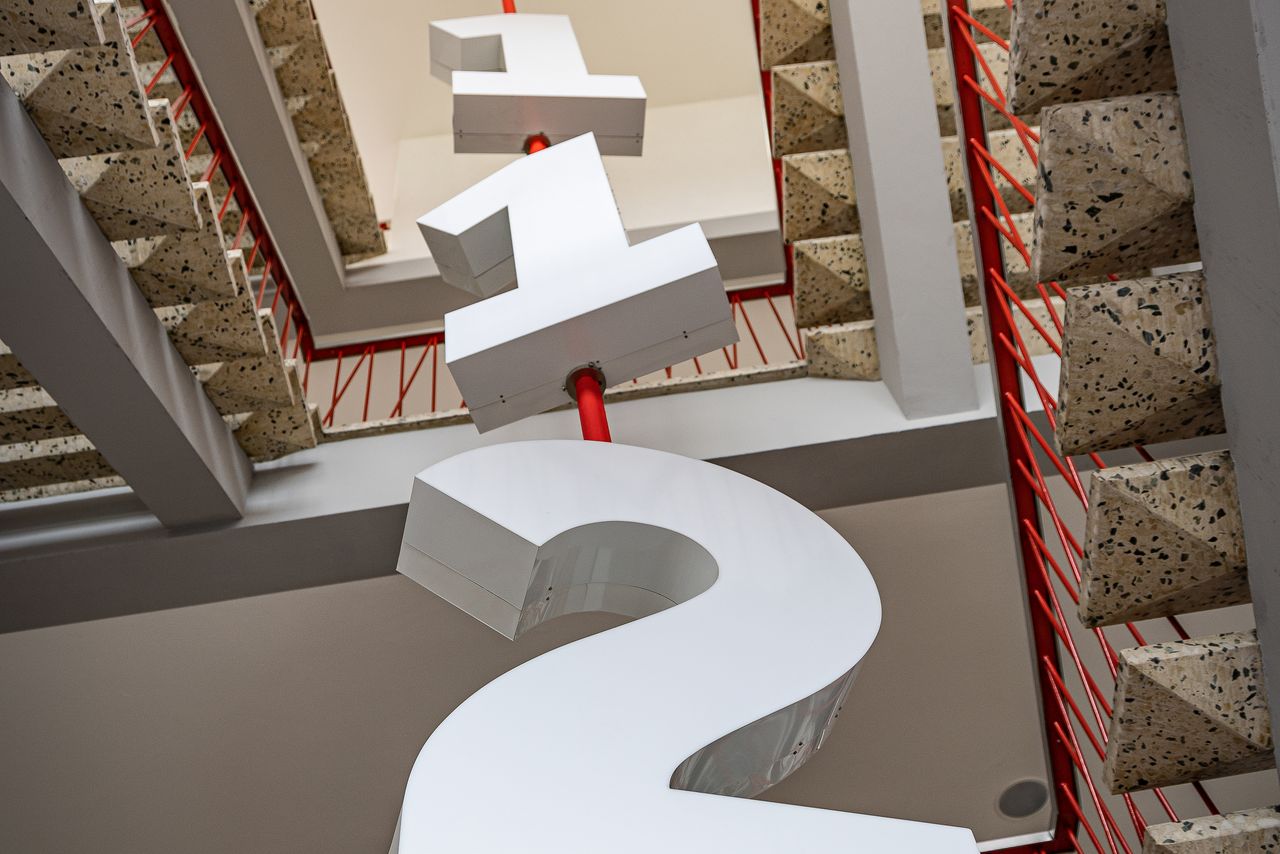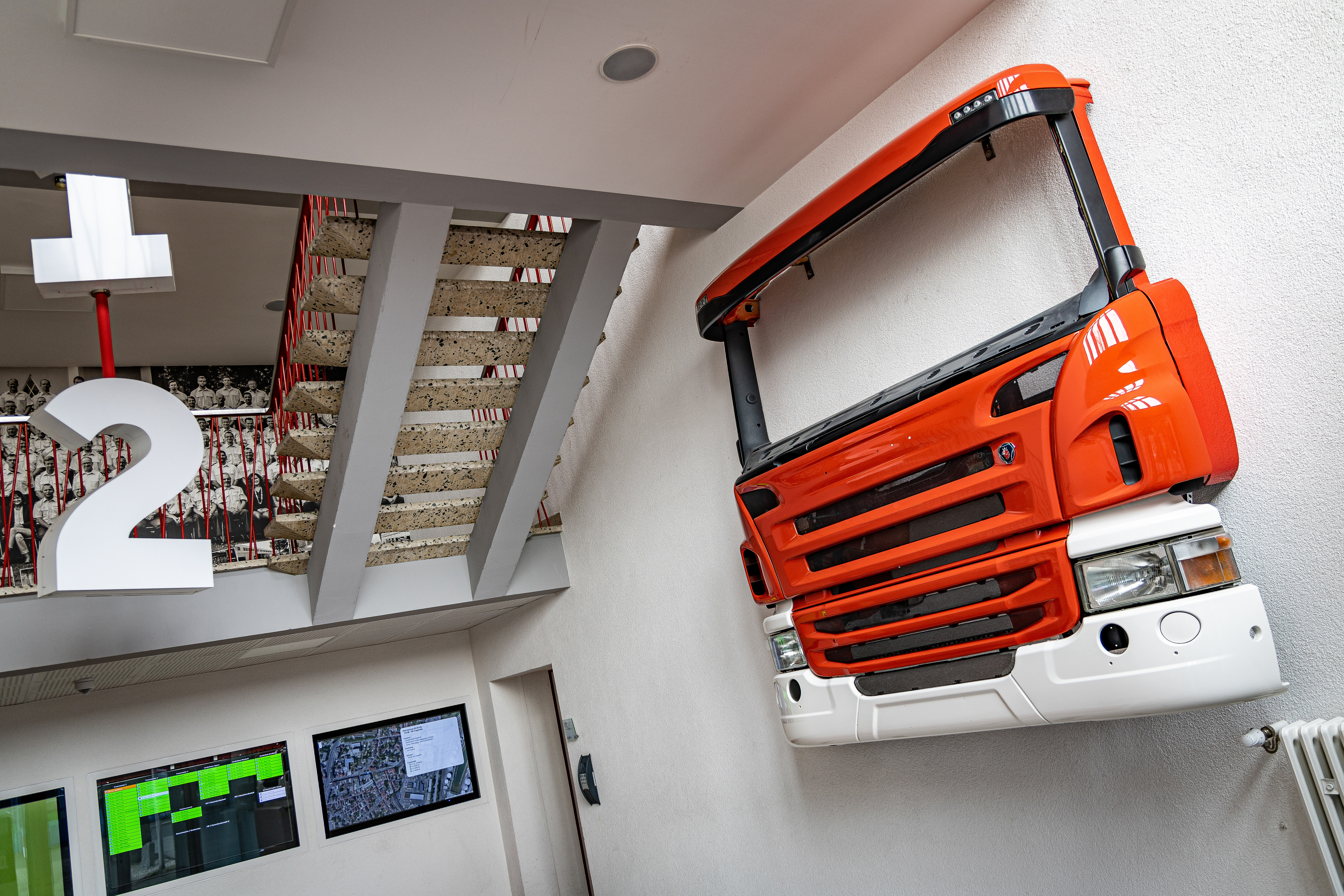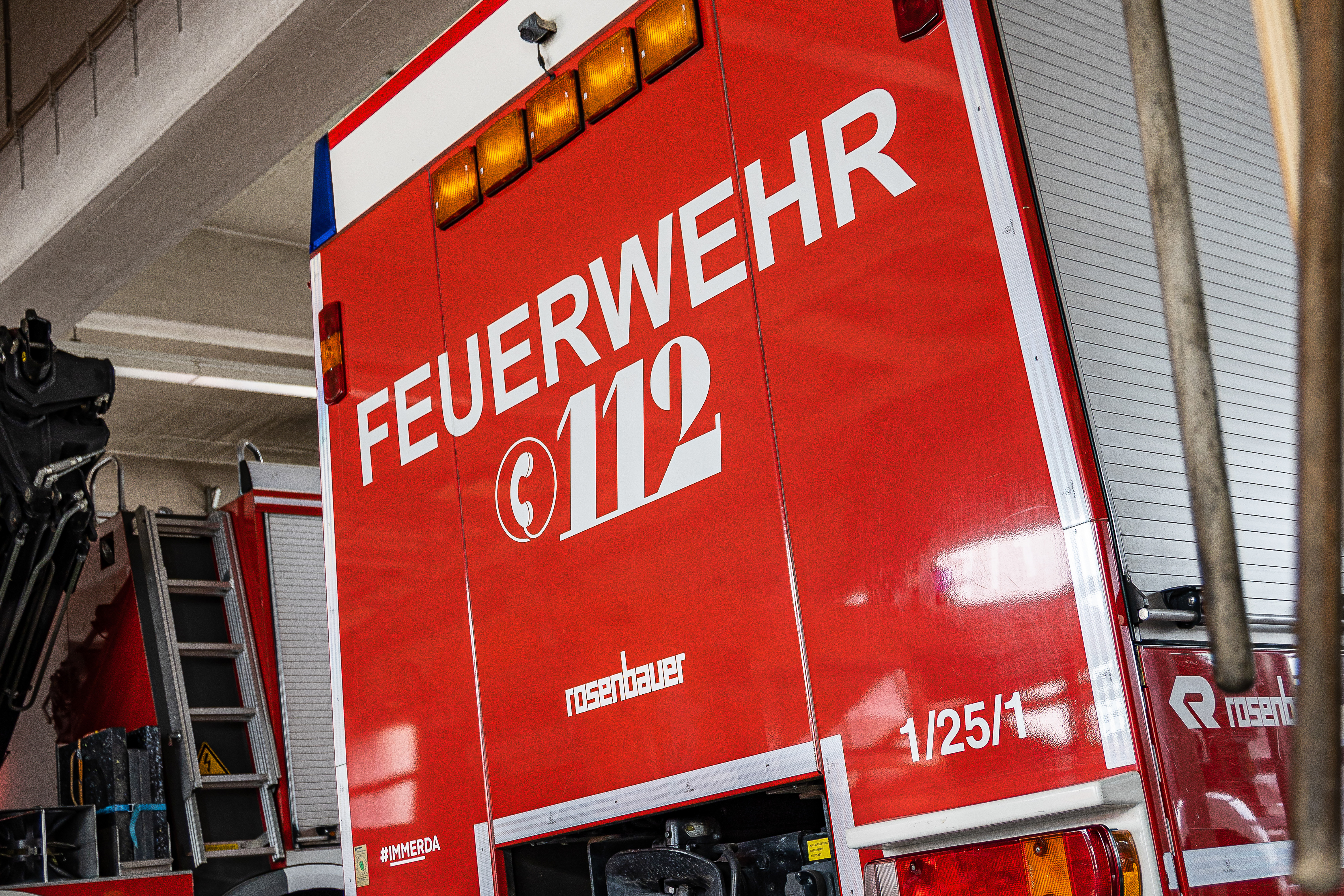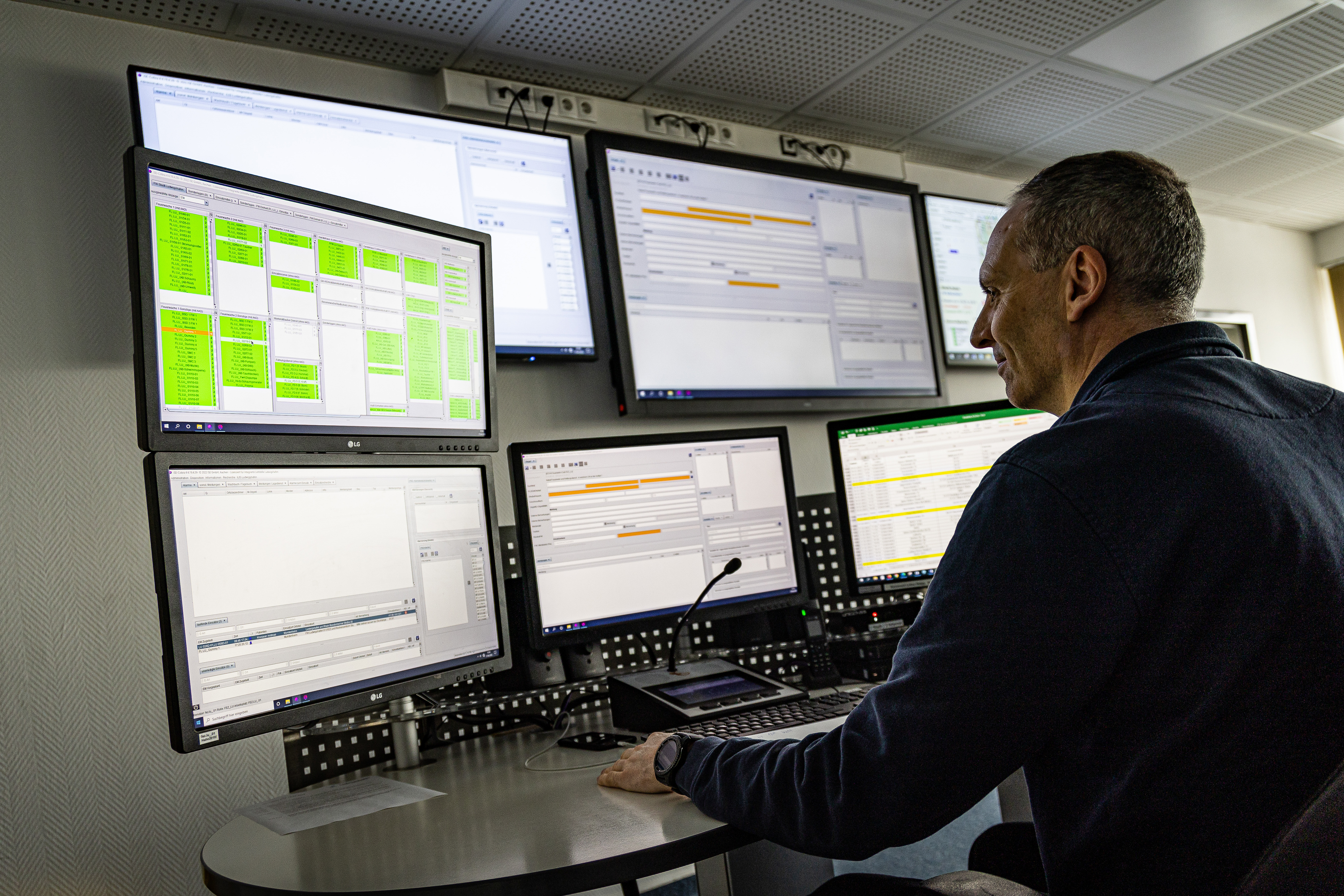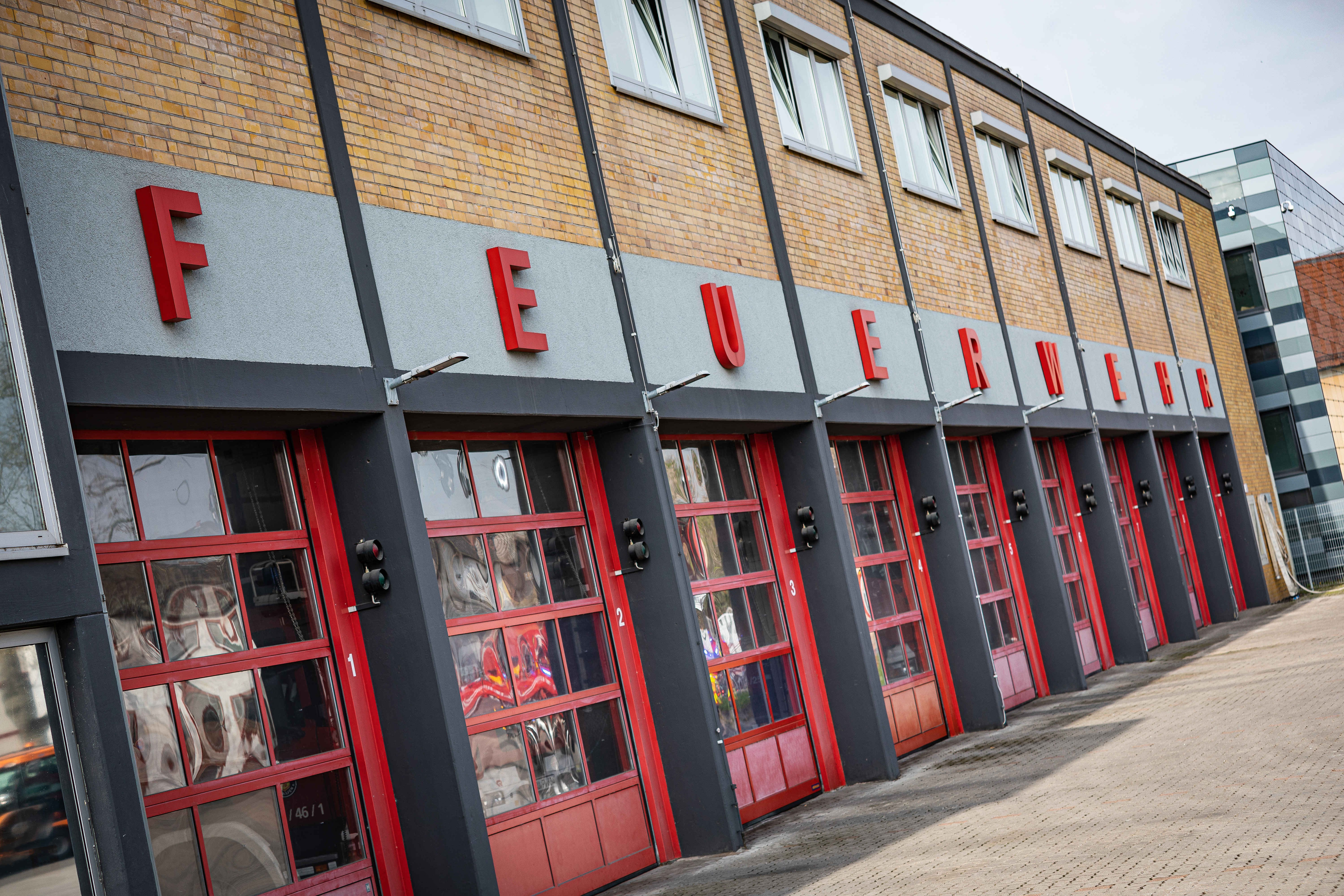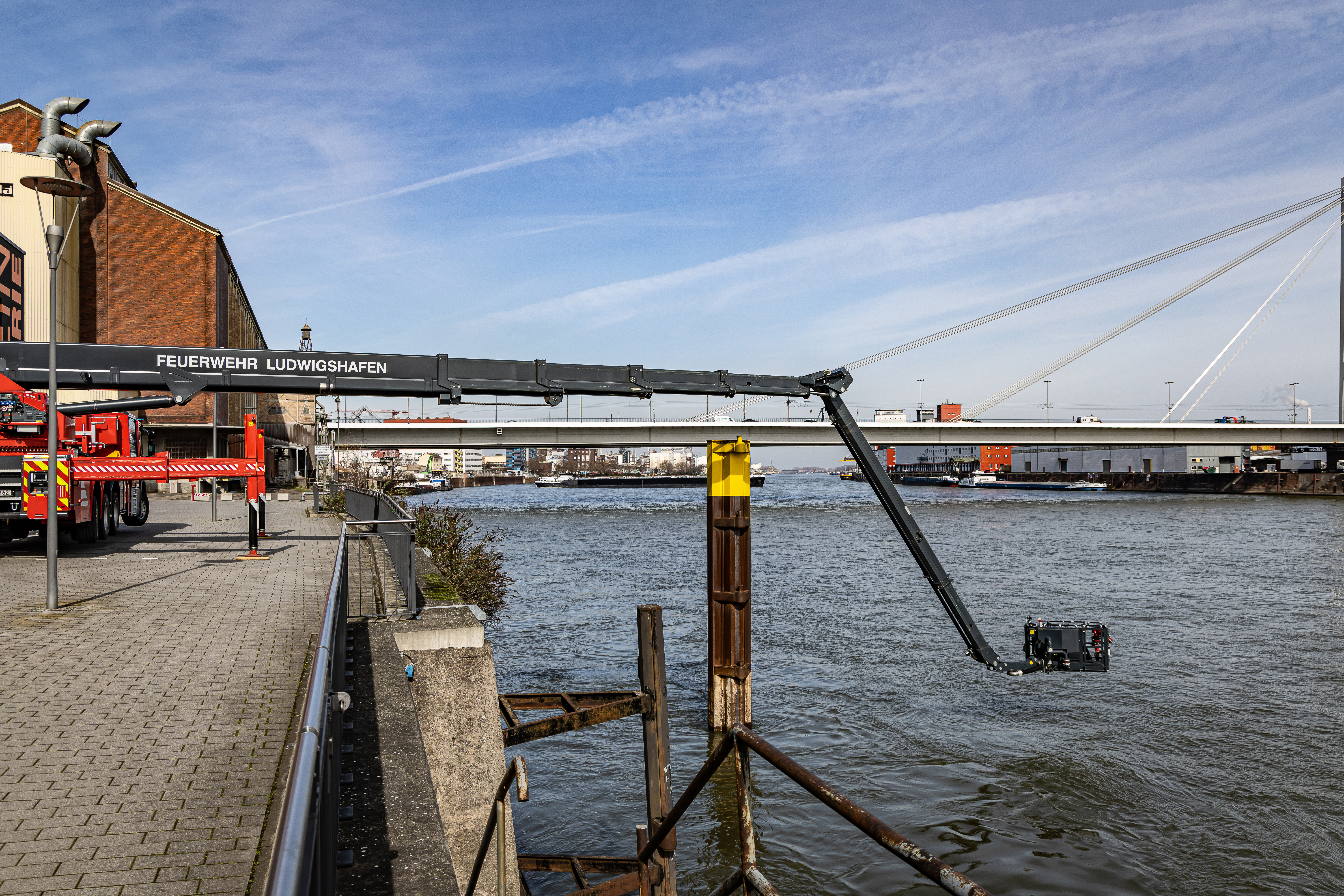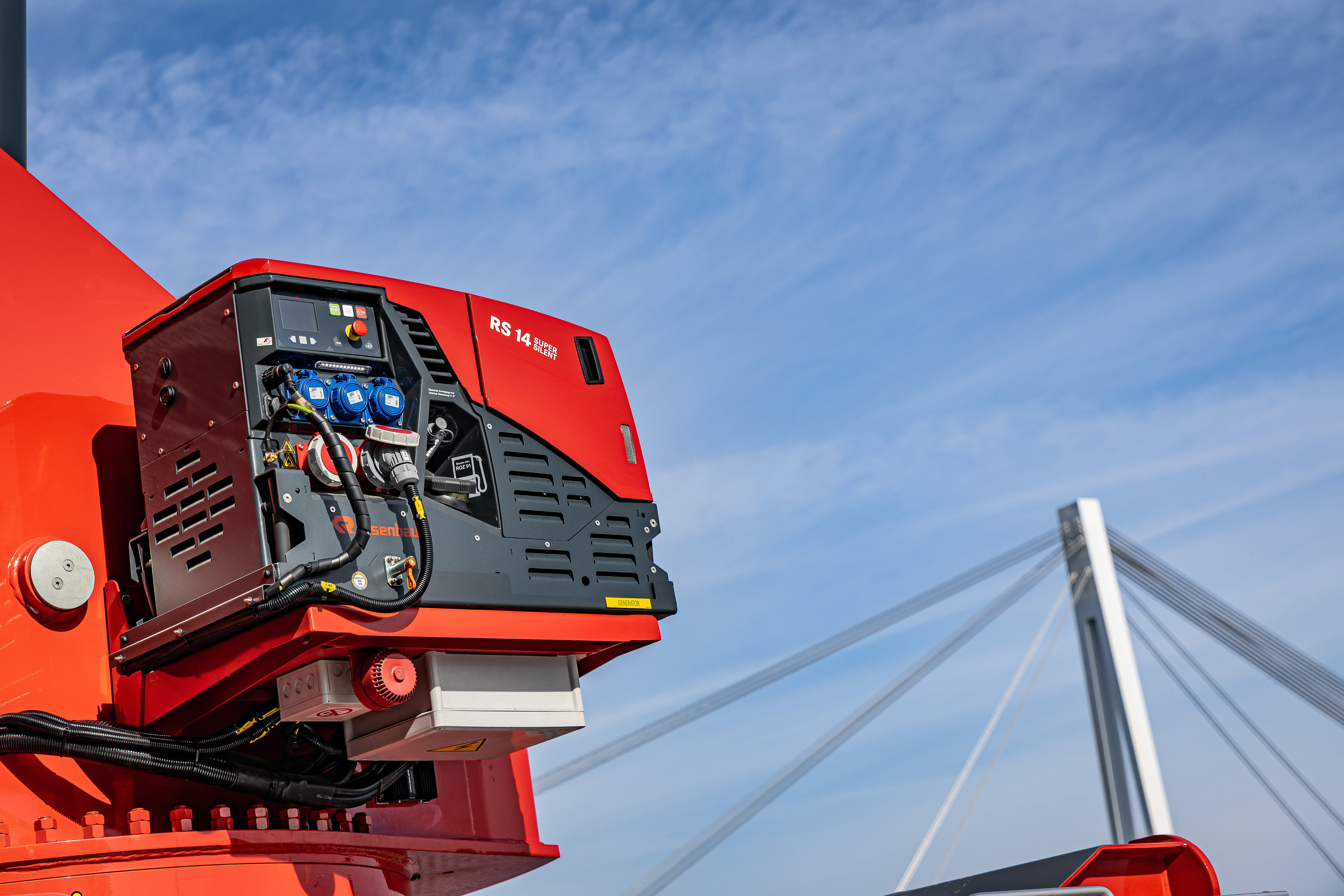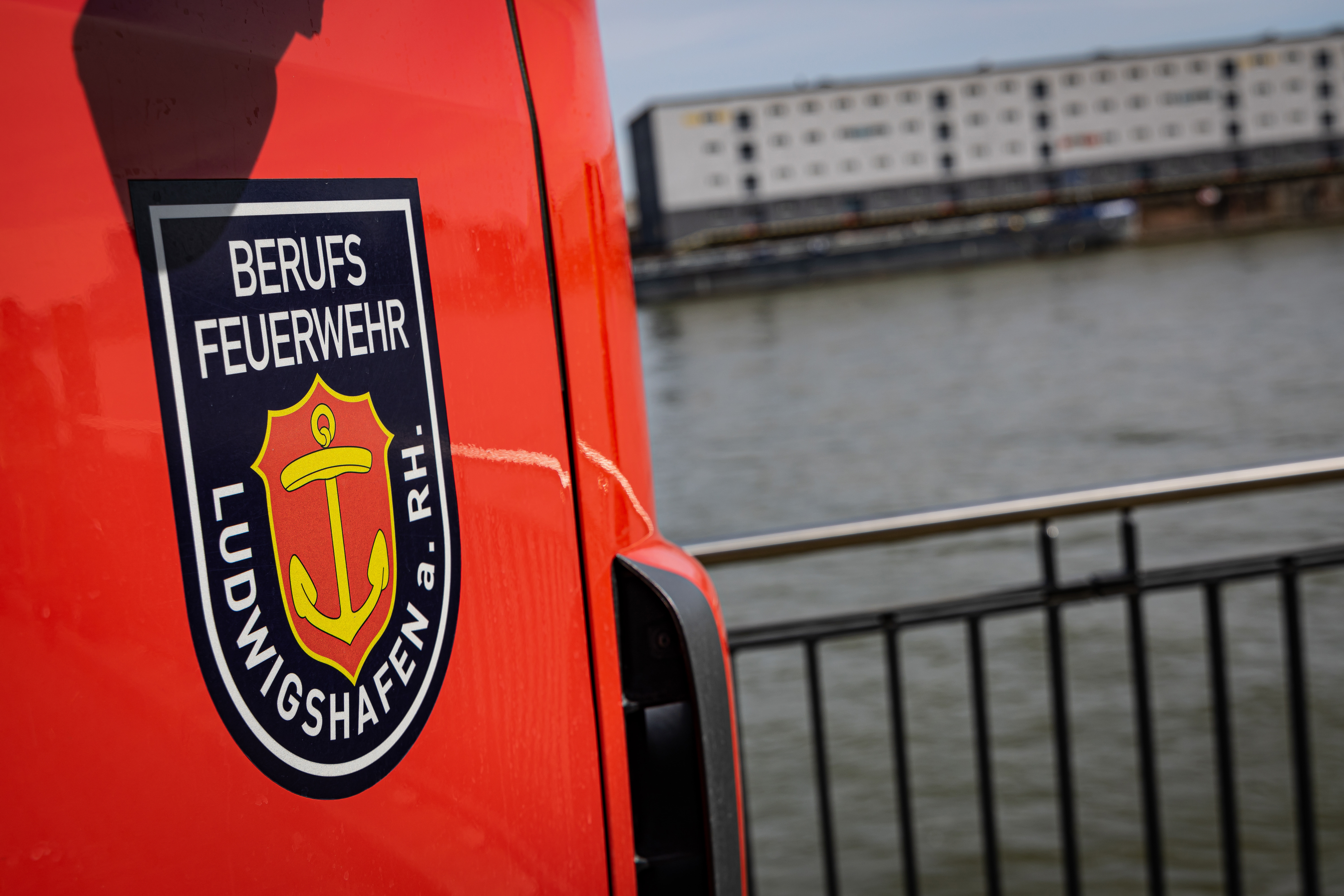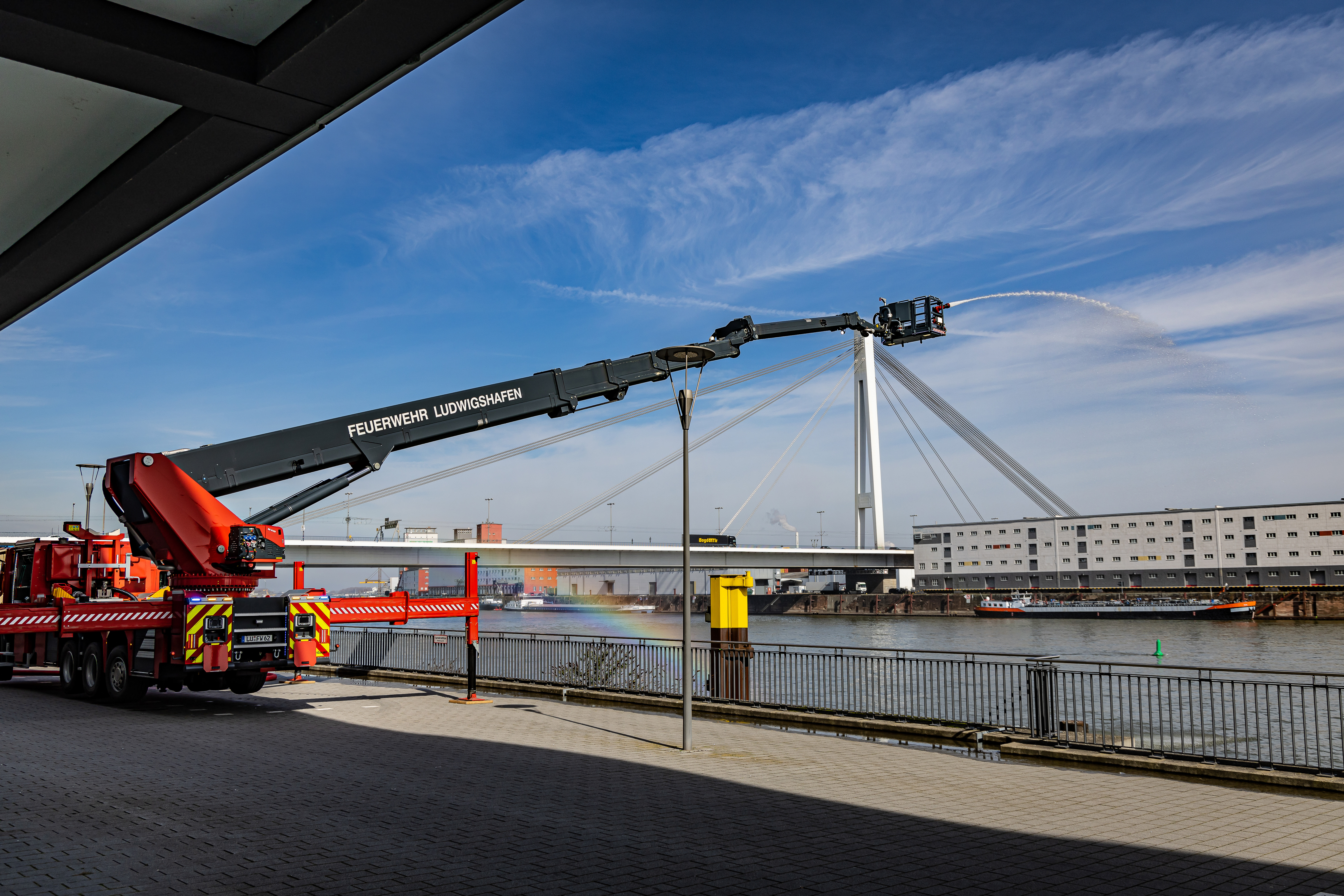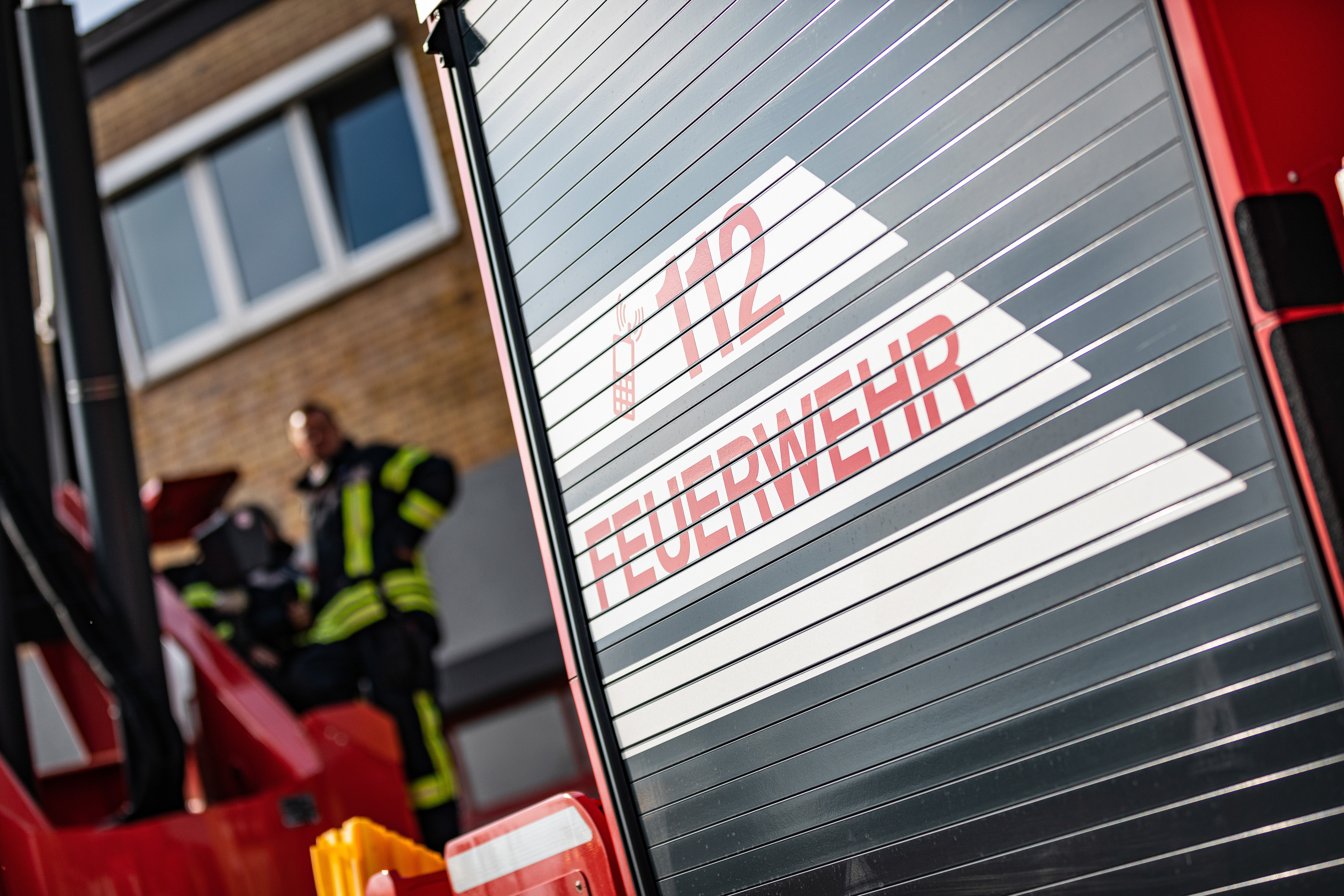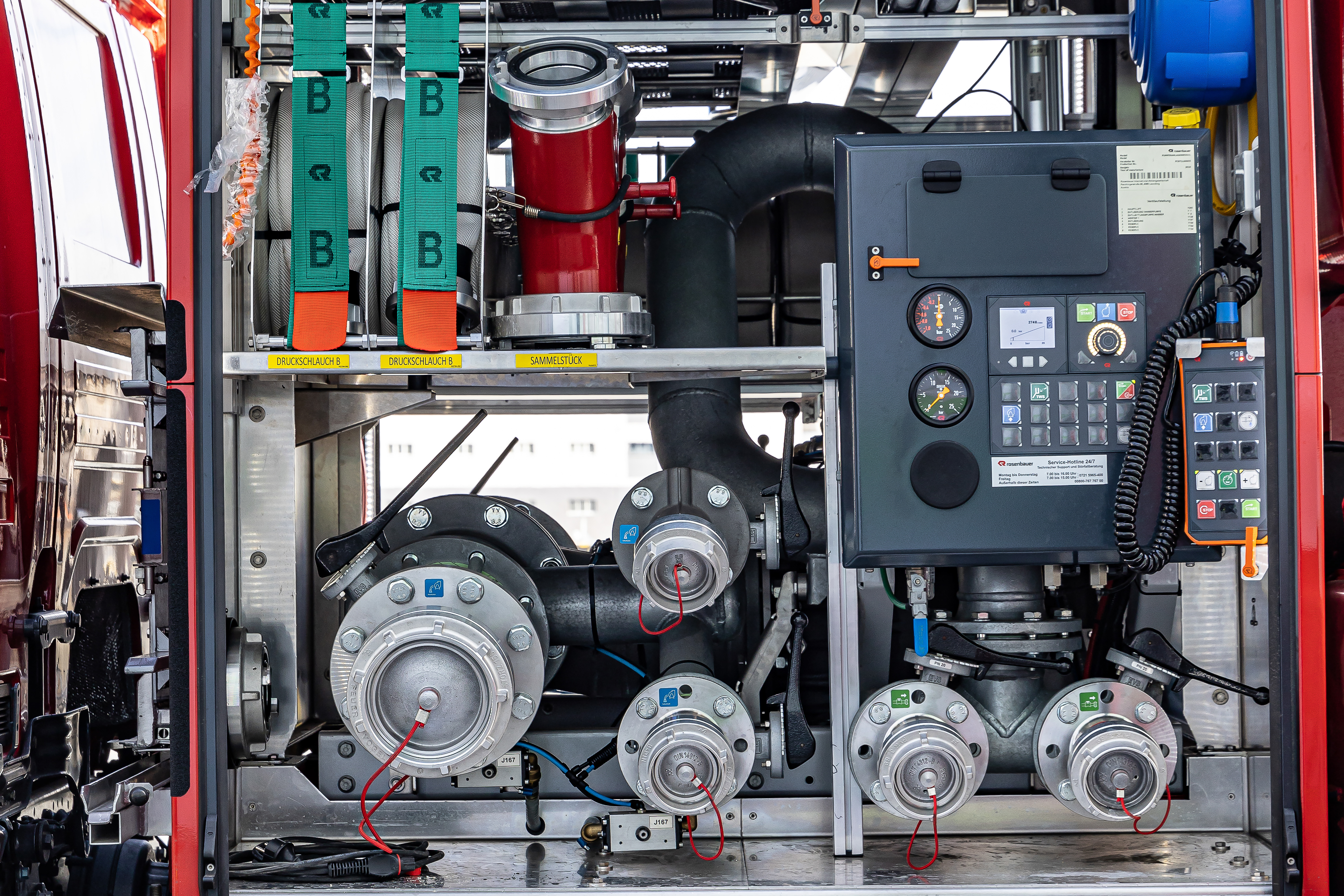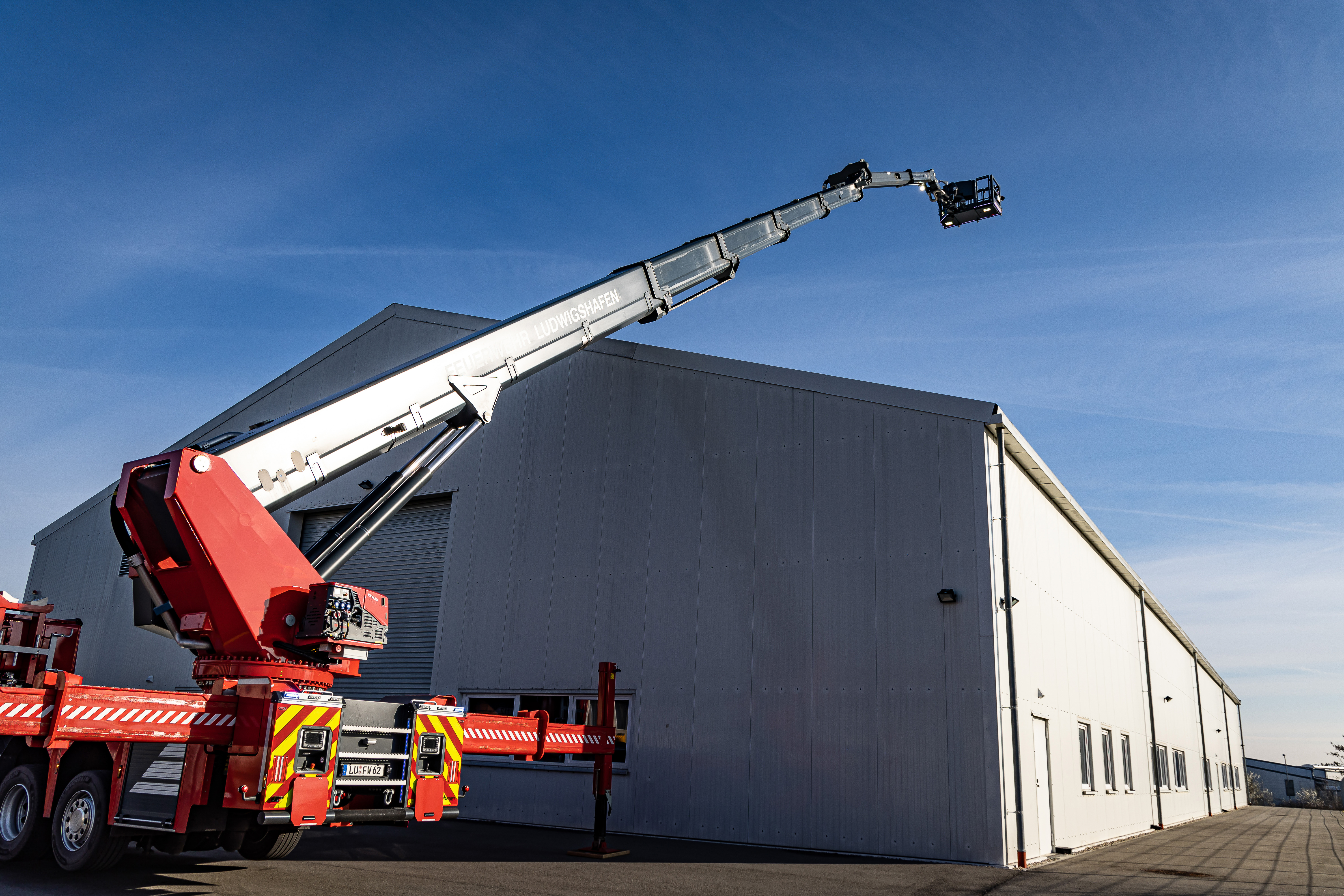New hydraulic platform for the
German capital of chemicals multipliers.
Ludwigshafen, home of the chemical industry
With a population of more than 170,000, Ludwigshafen places second after Mainz in the list of largest cities in the German state of Rhineland-Palatinate. It is also the second-largest city in the economically important Rhine-Neckar metropolitan region, where the states of Baden-Württemberg, Rhineland-Palatinate, and Hesse go into a huddle. The only larger city in this region is Mannheim, Ludwigshafen’s sister city on the other side of the Rhine. However, Ludwigshafen deserves the title of “capital” in one regard—and that may even be nationwide: no other town hosts more chemical producers. Ludwigshafen is home to the headquarters of BASF, where the company operates the world’s largest integrated chemical complex.
Michael and Matthias, the Ludwigshafen specialists for extending appliances
This means a huge responsibility not only for Ludwigshafen’s plant fire departments but also for the city fire department, which, aside from caring for the city’s residents, must also take care of the local industrial plants as well as a fifteen-kilometer stretch of the Rhine. Which is why two water rescue boats are docked at two piers. No wonder that a total of 240 firefighters are tasked with this job at three stations.
Meet two of them: Michael Geister and Matthias Gutfleisch. They know their way around fighting industrial fires. Michael, aged fifty-one, trained at BASF, then retrained and has now been a firefighter at the Ludwigshafen volunteer fire department for more than half his life. Matthias is ten years younger but has been a professional firefighter since the age of twenty-five. After a few stints at plant fire departments—including Daimler—and, most recently, at the airport fire-fighting service in Frankfurt am Main, he has been a member of the Ludwigshafen team since 2022.
Today, Michael is responsible for rescue crane vehicles and ladders, among other things. Matthias is a machinist for fire trucks, among other things. What both MGs have in common is that they are multipliers for hydraulic platforms. Which is to say, Michael and Matthias are trained whenever such a vehicle is purchased, and they pass that knowledge on to their colleagues.
The Rosenbauer B60 improves response time
That was also what happened when the fire department recently acquired the Rosenbauer B60 hydraulic platform. Although it didn’t pose any mysteries as to how to operate it—after all, the control panel is not only intuitive but also resembles the three L32A-XS ladders in terms of how to operate them, which have already been in use at the Ludwigshafen fire department. No one knows this better than Michael, who is responsible for those ladders. But a hydraulic platform is a different tool, and it must have a different jacking system. It is ultimately also used differently: “A hydraulic platform allows me to push through obstacles, even buildings, and I get a totally different operational radius,” Matthias explains. “Additionally, the hydraulic platform is used not in height rescue situations but mainly to fight fire. Without a manned cage, but with a remote control.” Which brings us to the main point: a powerful hydraulic platform like the Rosenbauer B60 by significantly increases the effectiveness of a fire department, especially in an industrial environment. Michael has seen this in practice. Where there’s a high density of industrial plants like in Ludwigshafen, occasional accidents are prone to happen. “And we’ve noticed that we’re reaching the limit with just the ladders.”
The new hydraulic platform and its Rosenbauer family
Thanks to its powerful N80 pump, a B60 hydraulic platform like the one used in Ludwigshafen allows for a flow rate of 3,300 liters (872 US gallons) per minute even at the maximum working height of 60 meters (197 feet). This capacity is immensely important in fighting industrial fires—and was one of the pivotal criteria for the Ludwigshafen fire department.
But the B60 doesn’t make any compromises when it comes to rescue operations either. The five-section main boom and the three-section cage boom make even the most difficult-to-reach recovery points easy to access. With its new operational radius even the lowest parts of ground level can be reached—an indispensable quality, especially on the Rhine and in the port basin. The bucket can rescue up to five people at once and can even hold a wheelchair.
With the four aforementioned turntable ladders, the hydraulic platform in excellent company. But that’s not all! The Ludwigshafen fire department has many other Rosenbauer vehicles, for instance three standard fire trucks and three dry-powder tenders, each equipped with one 450 kilogram (992 pounds) dry-powder extinguisher, and one equipment vehicle.
All in all, Michael, Matthias, and their colleagues are well-equipped for the challenges ahead in the German capital of chemical industry.
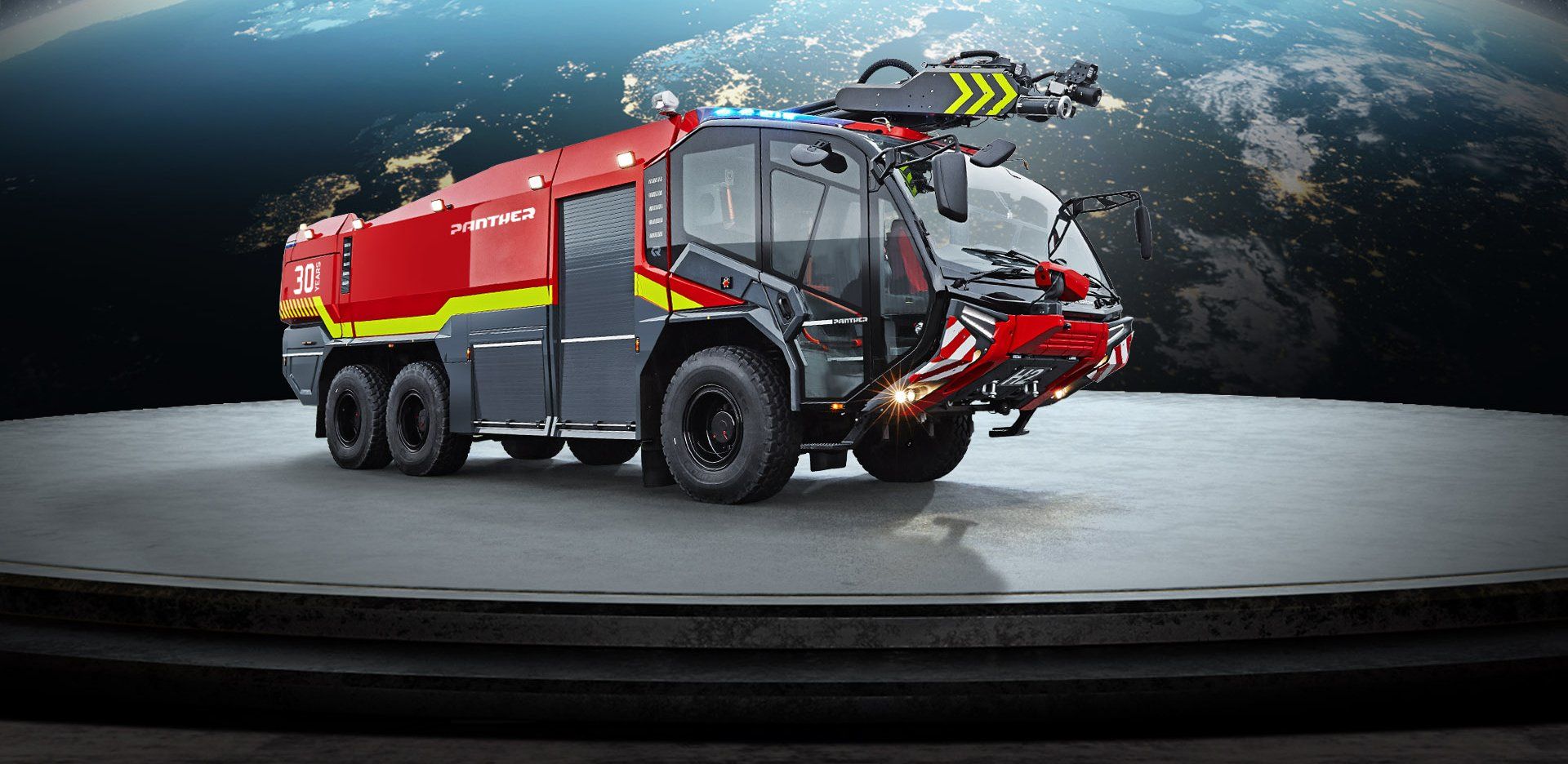
Register now for the Rosenbauer Newsletter & always be well informed!
Contact
Rosenbauer International AG
Paschinger Str. 90
4060 Leonding, Austria
office@rosenbauer.com
